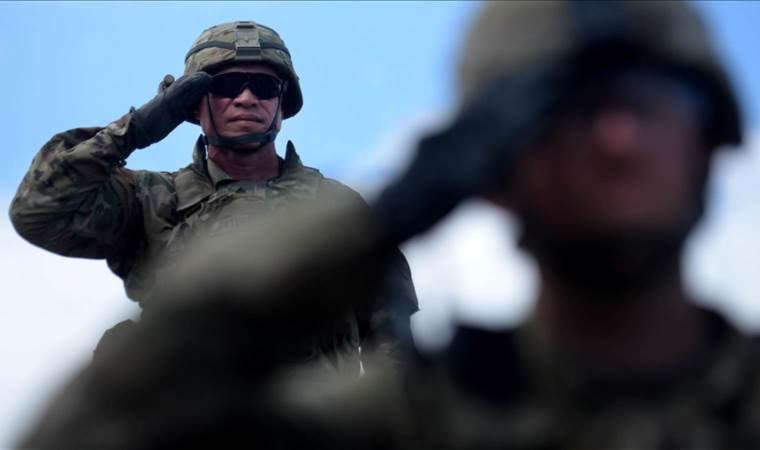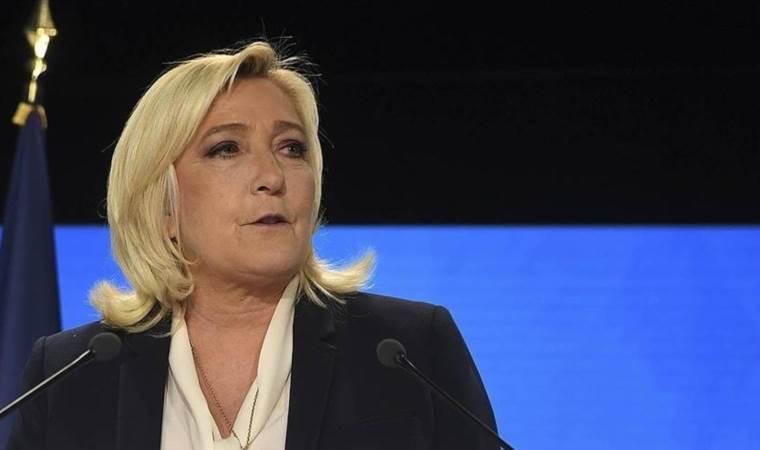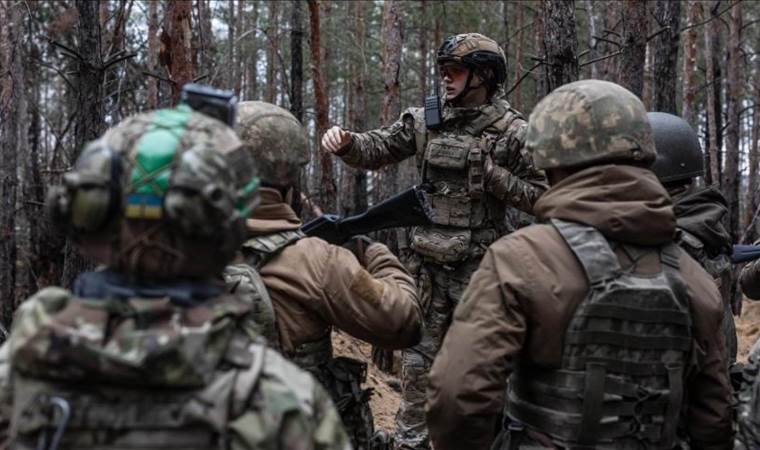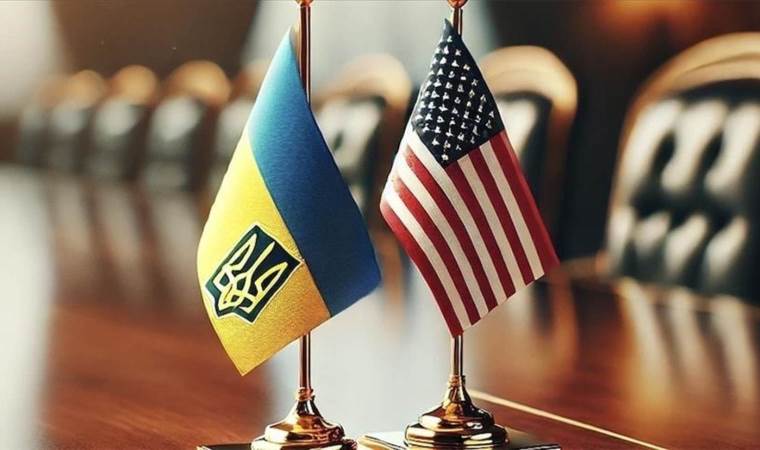Authors Columns of the Day Sport Guest Life All Authors
Is there a symbol for Turks?
FIFA handed Merih Demiral a two-match ban for the "Grey Wolves" symbol, which caused an uproar in our country as it was deemed unjust. Does FIFA have a legal basis for such a penalty? Apparently, yes.
Austria has a "symbol law" that prohibits the use of certain signs and symbols associated with various groups under the pretext of combating extremism and political Islam. This law, which includes the "Grey Wolves" symbol, was passed in December 2018 and took effect on March 1, 2019.
Originally enacted in 2015 to prevent propaganda by terrorist organizations like ISIS and Al-Qaeda, the law has since been expanded to include symbols of groups such as the Muslim Brotherhood, HAMAS, the military wing of Hezbollah in Lebanon, the PKK, and the Croatian nationalist USTAŠA. Under this law, about 13 flags, symbols, and signs are banned, with violations punishable by fines or up to a month in prison. The inclusion of symbols used by the legally operating Muslim Brotherhood and the Grey Wolves associated with the Nationalist Movement Party (MHP) alongside the PKK has sparked controversy.
LEGAL AND CULTURAL DEBATE
Did Turkey object to this law? That remains unclear. Can FIFA penalize a Turkish footballer based on Austrian law? That’s for the Turkish Football Federation and the government to address.
My concern lies elsewhere: Is the hand gesture popularized by the MHP truly a national symbol of Turks and Turkishness, as claimed? My answer is: No. For a symbol to be a national emblem, it must be accepted by 99.99% of the population. The MHP’s attempt to elevate its symbol to national status is mere wishful thinking.
In an attempt to end the debate, AKP Chairman and former footballer, President R.T. Erdoğan, remarked, "Does anyone say anything about the eagle on German jerseys? Does anyone complain about the rooster on French jerseys?" Erdoğan believes his arguments are irrefutable.
NATIONAL SYMBOLS IN CONTEXT
However, countering this: "The eagle and rooster are on their jerseys; why didn’t you put the wolf symbol on yours?" leaves him without an answer.
Let me elaborate: The rooster, specifically the Gallic rooster, is a widely recognized symbol of France, accepted by both its citizens and the world. According to Wikipedia: "The Gallic rooster (French: le coq gaulois) is a national symbol of France, representing the nation rather than the state and its values, as Marianne does. The rooster is also a symbol of Wallonia and the French community of Belgium."
The reason is simple: 2,000 years ago, during the Roman Empire, today's France was known as Gaul, and its people were called the barbaric Gauls. Those in their 70s today might remember the adventures of Asterix the Gaul.
In the context of Marianne, a woman representing France and its values, the French have embraced this symbol wholeheartedly. Notably, prominent women have been chosen as Marianne, including Brigitte Bardot, Michèle Morgan, Mireille Mathieu, Catherine Deneuve, Inés de la Fressange, Laetitia Casta, and Evelyne Thomas.
SEEKING A NATIONAL SYMBOL
Currently, there is no universally accepted symbol for Turks and Turkishness. However, for those seeking a symbol for Anatolian Turks, I recommend the "Chronicle" by Armenian cleric Matthew of Edessa, covering the years 952-1136.
"All the Christian people suffered the wrath of God. A deadly dragon appeared with a scorching fire and struck those who worshipped the three kingdoms. The foundations of the books of the apostles and prophets were shaken. Because until this time, such a type of Turkish cavalry had not been seen. When the Armenian soldiers encountered them, they saw their strange shapes, bows, and long hair like women." (p.48)
(Matthew of Edessa's Chronicle, translated into Turkish by Hrant D. Andreasyan, Turkish Historical Society.)
Yazarın Son Yazıları All Columns
Günün Köşe Yazıları
Most Read News
-
 US Army says 3 soldiers found dead in Lithuania after ve
US Army says 3 soldiers found dead in Lithuania after ve
-
 French presidential front-runner Le Pen vows to challeng
French presidential front-runner Le Pen vows to challeng
-
 China discovers 100-million-ton crude oil reserve in Sou
China discovers 100-million-ton crude oil reserve in Sou
-
 Germany’s Baerbock announces $12B military aid package f
Germany’s Baerbock announces $12B military aid package f
-
 Russia, Ukraine trade accusations over renewed strikes o
Russia, Ukraine trade accusations over renewed strikes o
-
 Khamenei warns of ‘firm retaliation’ to any ‘external ag
Khamenei warns of ‘firm retaliation’ to any ‘external ag
-
 Finland plans to quit landmine treaty: President
Finland plans to quit landmine treaty: President
-
 Ukraine says it carried out 1st round of consultations w
Ukraine says it carried out 1st round of consultations w
-
 Death toll from Myanmar earthquake surpasses 2,700
Death toll from Myanmar earthquake surpasses 2,700
-
 Gaza death toll nears 50,400 as Israeli army kills 42 mo
Gaza death toll nears 50,400 as Israeli army kills 42 mo











